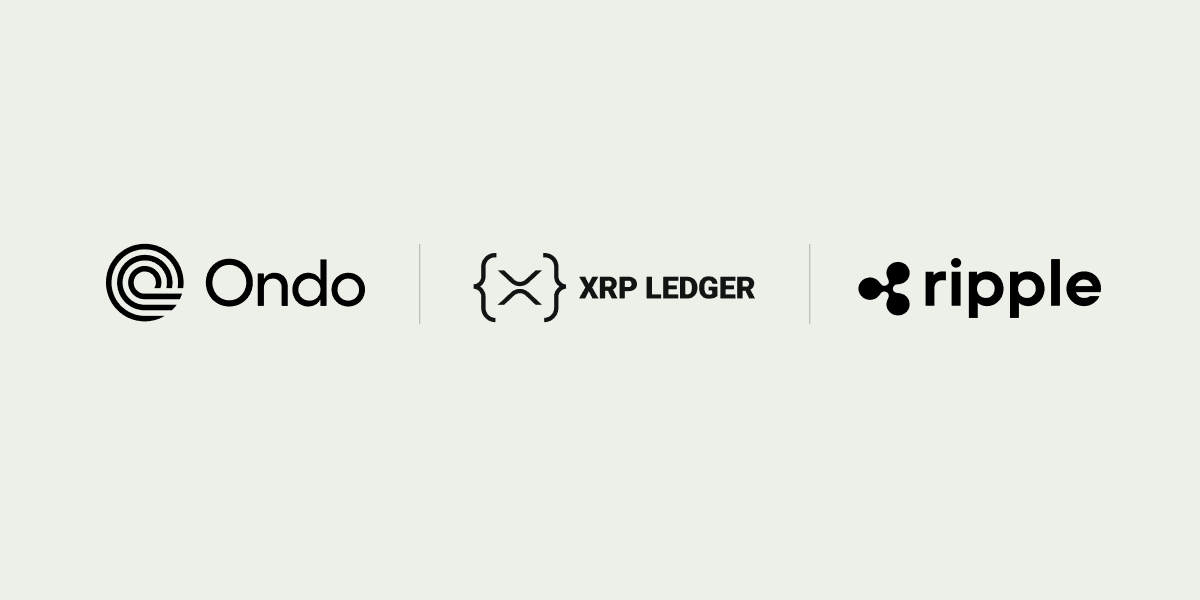This post was originally published in 2022 and has been updated as of May, 2024.
The combination of innovative technology, ubiquitous smartphone access, and friendly regulation cements the Asia Pacific region as the global leader in instant payments and enables wide-spread access to real-time settlement. With the vast majority of profitable digital banks based in the region, it’s likely that this success will flourish as adoption of new fintech models increases.
Countries across the Asia Pacific region continue to pioneer instant payment delivery and digital banking innovations. In terms of established global financial systems, the region is relatively new to the banking industry but has grown adept at navigating digital-only financial services. Asia Pacific is home to 10 out of 13 of the most profitable digital-only banks worldwide.
The region’s appetite for experimentation with alternative payment rails has led to better cross-border and domestic payment capabilities, access to real-time settlement, opportunities for financial inclusion, and global leadership in financial innovation. By many measures, Asia Pacific operates as the epicenter of digital finance: The region is home to 20% of the world’s digital banks, and its citizens are the most enthusiastic adopters of digital payments.
The region’s digital banking sector outperforms other markets in part because its culture and processes are rooted in a customer-first ethos. Companies tend to only leverage banking technologies, platforms, and architectures conducive to omni-channel customer experiences and differentiate offerings with proactive customer service.
Sector participants also tend to aggressively evaluate and embrace robust use cases for blockchain, Web3, decentralized finance, and artificial intelligence, particularly around mobile wallets and social apps to facilitate better domestic and cross-border payments.
Digital wallets in Asia Pacific (excluding China) more than doubled their share of e-commerce transaction value in the last five years, and this share is projected to grow over the next three years. Similarly, digital wallets’ share of payment transaction value at point-of-sale grew 6x in the last five years.
Southeast Asia in particular has exemplified expansive regional payments progress. Within the market, real-time payments network volume is expected to reach $2.4 trillion by 2025—a 230% increase from 2020. In terms of technology adoption, consider that over 400 million people in Southeast Asia alone will use mobile wallets by 2026.
APAC's 'Payments First' Playbook
Over the last year, APAC’s digital banking participants made spirited attempts to capitalize on consumer interest in transacting abroad by supporting more affordable, real-time money transfers.
For example, Thunes’ partnership with Tencent Financial Technology introduced wallet and account infrastructure for over one billion Chinese users across Weixin (internationally known as WeChat). The partnership aims to make sending money across borders and sending remittances as easy as sending a message.
Elsewhere, Asia’s banks and fintechs are recasting how billions of consumers engage with digital finance, including surrounding real-time payment offerings.
Singapore and Thailand, for example, both launched QR code-based real-time retail payment systems, PayNow and PromptPay. Malaysia, Indonesia, and Thailand now have connected networks. And in 2022, Malaysia, Singapore, Indonesia, Thailand, and the Philippines signed a deal to integrate their QR code payment systems. According to ACI Worldwide, growing cross-border QR-code payment linkages forming between Malaysia and Indonesia, Singapore and Thailand drive rapid RTP growth.
India launched its own real-time payments platform, Unified Payments Interface (UPI), in 2016 and just recently eclipsed 10 billion processed transactions. UPI allows instant peer-to-peer and person-to-merchant payments via mobile devices and is expanding internationally through partnerships in several countries including Singapore and the UAE. UPI is expected to support the US dollar to further enhance the mobile payments system. India’s digital payments volume grew tenfold over the past five years and is projected to grow at roughly 35% annually over the next five years.
Payments revenues across India have risen by an average of 12% over the past five years, reaching $64 billion in 2022 when they grew by 38%. India has pulled even with Japan as the fourth largest payments-revenue-generating country—behind only China, the United States, and Brazil.
Between 2021-22, India received $89 billion in foreign remittances—the highest ever in a year by any nation. That number is projected to rise to $100 billion in 2024. Leaders across India suggest that the UPI-PayNow linkage (and others to come) will grow in utility and will contribute in facilitating trade.
Even countries that have traditionally remained behind the innovation curve are reassessing payments progress. Cash stands out as the dominant medium of exchange in Japan, however, banking authorities recently announced a “Cashless Vision” to increase digital transactions to 40%, by 2027. While the country lags behind regional, digital-first peers (and still operates the world’s oldest payments infrastructure), the labor ministry is backstopping this system of e-money salary payments to encourage workers to use digital transactions for daily purchases.
Spotlight on India: Payments Fueling E-commerce Ambitions
In January 2023, The National Payments Corporation of India — an umbrella organization operating payments and settlements systems — announced that it was making UPI available to Indian non-residents of ten countries including Australia, Canada, Singapore, the UK, and the US, paving the way for a global remittance network. Other countries including Bhutan and Nepal are adopting UPI, and the technology is integrating with payment architectures in Singapore and the UAE.
In addition to streamlined remittance networks, UPI and other real-time payment schemes are fueling cross-border commerce in India and providing online merchants with a significant growth opportunity.
For merchants, account-to-account (A2A) payments reduce the cost of payment acceptance while improving cash flow through immediate availability of funds. In India specifically, A2A payments as a percentage of e-commerce transaction value jumped from 12% in 2021 to 19% in 2022–and is projected to reach 24% by 2026.
Given UPI’s versatile architecture, the technology connects to a variety of payment sources. Today, nearly every bank in India supports UPI transactions through mobile applications. UPI is also displayed at the checkout page along with other common payment methods. When consumers click on UPI, they are offered several payment options, including using digital wallets (e.g., Paytm, Google Wallet, BHIM, PhonePe, WhatsApp), scanning a QR code, or linking a bank.
Bain estimates that by 2027, there will be more online shoppers in India than there are in the United States. Analysts expect the number of online shoppers in the country to increase from 190 million to 450 million. From a market size perspective, e-commerce volumes are expected to grow by 82% by 2026, likely boosting digital payments activity.
Wider and more robust global payment connections will be key to realizing new revenues and e-commerce volume. A recent study found that 75% of small to mid-sized businesses (SMBs) were dissatisfied with existing cross-border payment solutions, and 27% said the complexity of cross-border payments ‘hindered their business growth’.
Research also highlights how digital merchants across Asia Pacific that do not account for local payment capabilities experience underperformance and cart abandonment issues; those that did offer local payment methods saw cart abandonment drop by almost half. Enabling differentiated, local payment methods via payments orchestration — supporting digital avenues like e-wallets, online bank transfers, buy now, pay later (BNPL), crypto, direct debit — can all aid performance.
Although popular card networks, including VISA and Mastercard, hold substantial market share in India, a meaningful consumer segment still prefers local payment alternatives. Indian consumers only pay for 28% of all online purchases using a credit or debit card. The remaining 72% of purchases are made via bank transfers, e-wallets, and other types of payment methods.
Obstacles to Digital Payments Transformation
Despite Asia Pacific’s progressive take on digital technology, privacy and security concerns may hamper the adoption of new payment rails. Research suggests that more than 75% of the region’s consumers would withdraw support of a brand in the case of a data breach, regardless of the products or services offered.
The World Economic Forum dubs the Asia Pacific region “ground zero for cybercrime incidents.” The pace at which the cyber threat landscape is evolving in conjunction with malicious software, the mobilization and organization of cybercriminal groups, geopolitical conflicts, and economic uncertainty have all combined to create the perfect environment for threat actors to flourish. In the region, 60% of surveyed leaders acknowledged a substantial lack of cybersecurity staff in their organizations.
According to CheckPoint Research, APAC witnessed the highest year-over-year increase in weekly cyberattacks during the first quarter of 2023. Observers also express concerns over problems of macroeconomic volatility and uncertainty, and higher cost of funding.
The flip side of the region’s dynamism is the lack of predictable and homogenous consumer behavior. Payment behaviors and usage remain fragmented; consumers in Hong Kong and Singapore are historically more receptive to new digital payment methods (e.g. Apple Pay, Google Pay, Samsung Pay), in markets like China, the Philippines, and Vietnam, consumers tend to pay with local and regional wallets out of familiarity and convenience.
As the use of crypto in payments continues to expand in APAC, harnessing that momentum will rely on close collaboration between national governments and private companies to achieve maximum impact and ensure the utmost security for consumers.
Download the Trends in Regional Payments eBook for more insight into payments progress shaping the industry.







